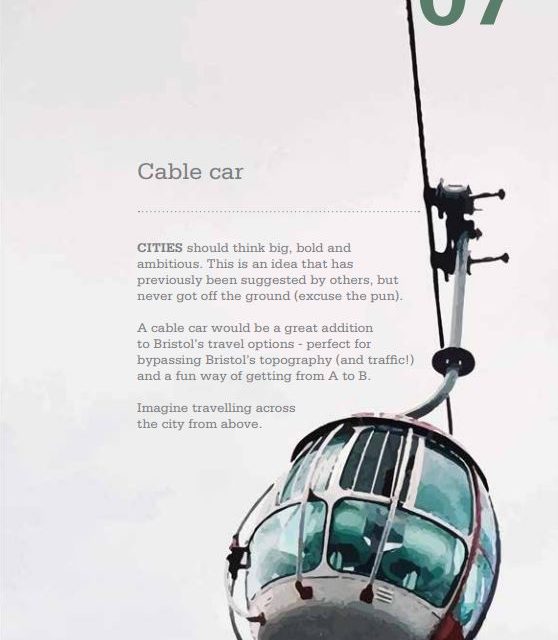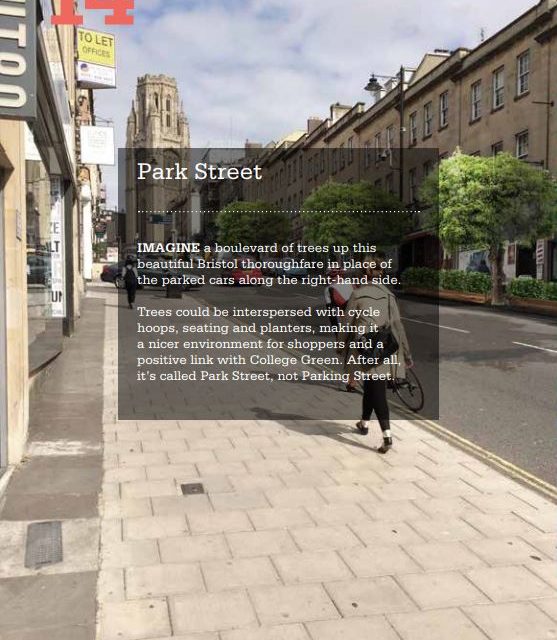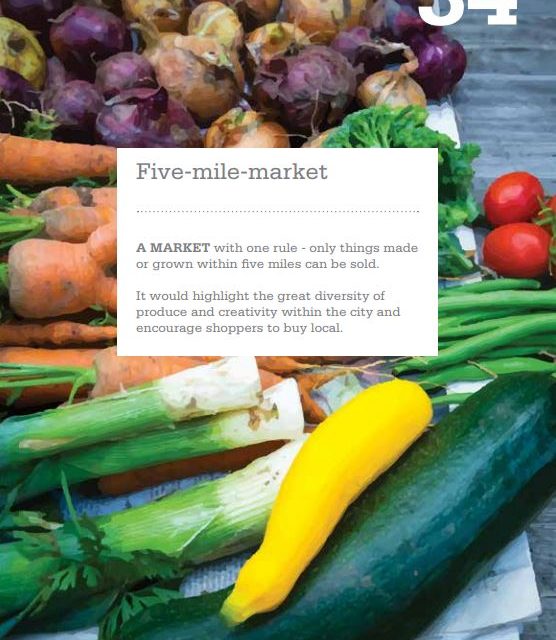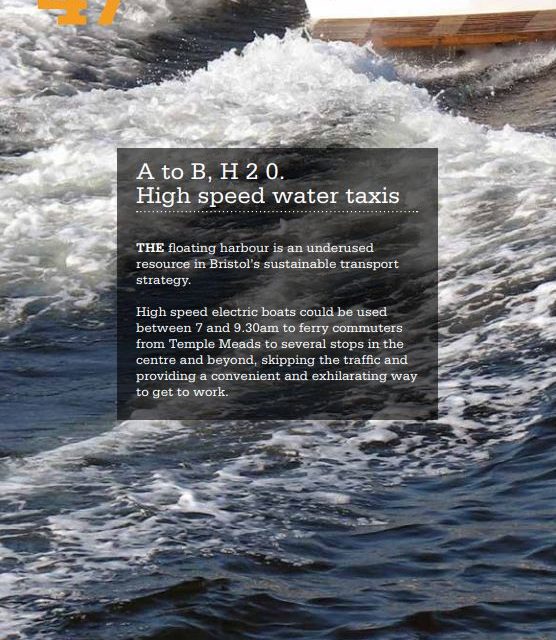“Where is the centre of the city?” This was not a question asked by a tourist interrupting me on Park Street, but by Colin Molton, Executive Director of Growth and Regeneration for Bristol City Council. Colin posed this to a full room at the Bristol Property Agent Association, and it made many of us pause and think.
So where is the centre of Bristol? As someone who has been visiting the city since childhood, and lived or worked here on and off for the last 30 years, I would say that, like many much larger cities, it all depends what you are looking for. Bristol is a collection of villages. Which village you visit depends on what experience you’re after.
Unlike many similar cities, however, our railway station is not in the thick of things and our public transport is poor. So before you question where the centre is, you may ask yourself “How do I navigate this city?”
A redeeming (or perhaps enabling) flipside to our transport woes is the city’s scale. Bristol is compact. It’s a cycling city (despite the big hills), and its size makes it very walkable. In my 30-odd years as a Bristol inhabitant I have walked many a mile through many of its villages. I can firmly say it’s not easy to find your way around, and some parts are definitely not pedestrian friendly.
So, isn’t it about time we nurtured key walking routes through this great city?
The Brunel Mile is an example of a well-used route in action, so shouldn’t we join up the many other beating hearts of Bristol with pedestrian (and cycling) friendly arteries?
In doing this we could also implement some of the 52 Big Ideas for Bristol we proposed as part of Bristol’s year as European Green Capital.
Creating pedestrian friendly routes isn’t just about nice paving and street furniture. It’s about enabling variety and vibrancy. By ‘greening’ the route with trees and planting, we could improve overall air quality (Idea 08). Oases could intersect the journey, creating places for regular markets that build on the success of Corn Street and Finzels Reach (Idea 34). These spaces could be fitted with places to sit and work (Idea 12) and maybe even cook al-fresco (Idea 42). Revitalised pavements could harness the power of all those feet (Idea 40) and the sun (Idea 45).





Park Street could be invigorated as both a place of interest and a busy route, with a bike escalator for those who struggle with hills (Idea 32) and a boulevard of trees taking the place of some of the parked cars (Idea 14). The Park & Slide festival (repeating the success of Luke Jerram’s 2014 project – Idea 27) also gets our vote.
As well as these walking routes, we should be looking at traversing topography by cable car (Idea 07). There’s also more use to be made of the floating harbour (Idea 47 is actually a reality now!). But perhaps river taxis could stop off at a permanent beach en-route? (Idea 20).
By creating clear, safe and fun journeys through the city we would not only encourage walking, but also generate a catalyst for development along these routes, helping to create better places, better connectivity between places, and a better city for its inhabitants.
John Wright will be at MIPIM 2019. Get in touch with John to talk more about shaping future cities.
Download your free copy of 52 Big Ideas for Bristol.
